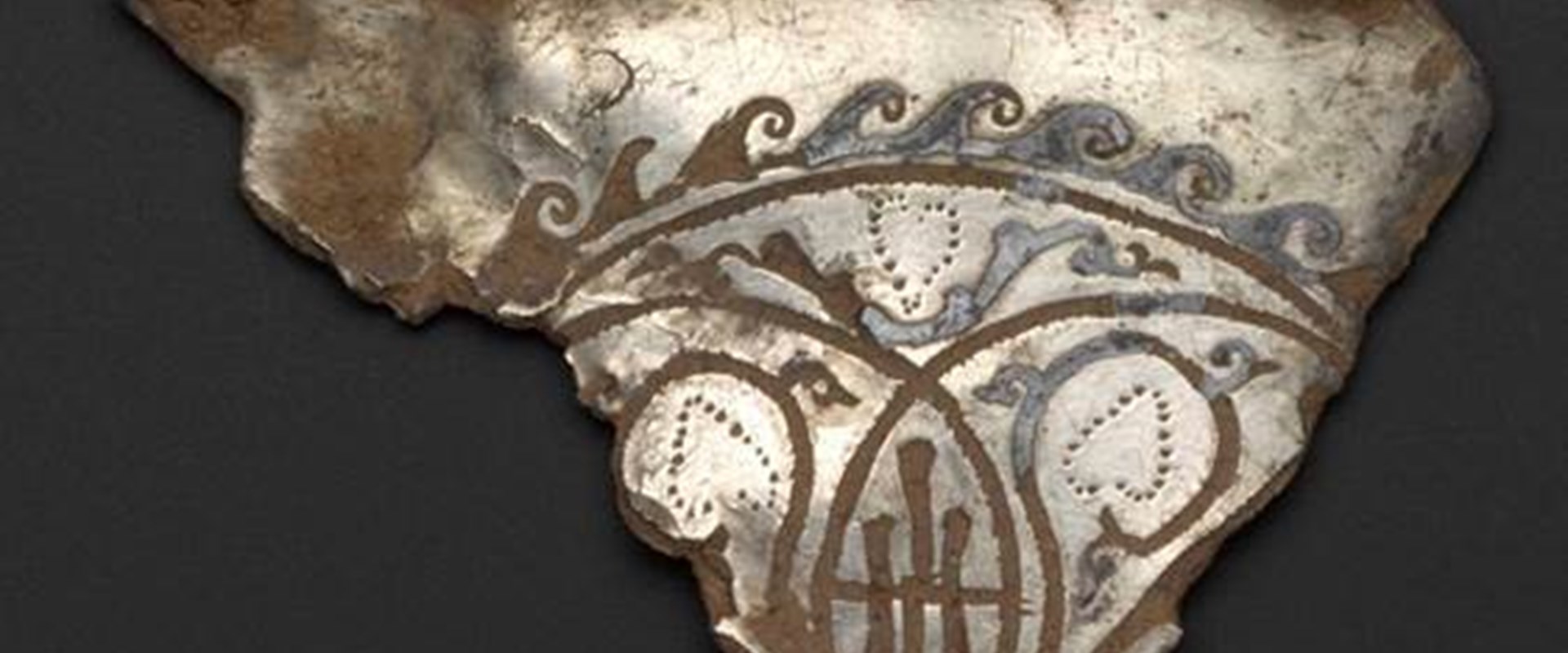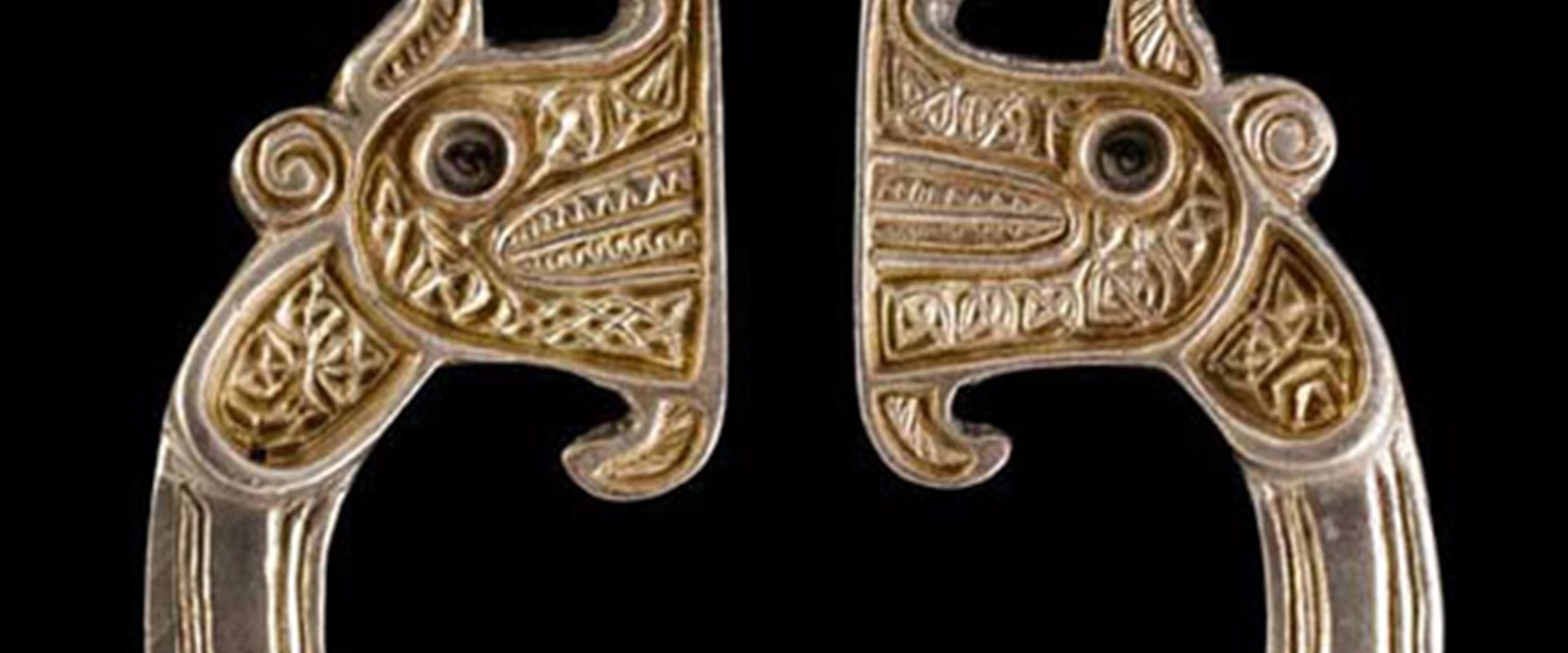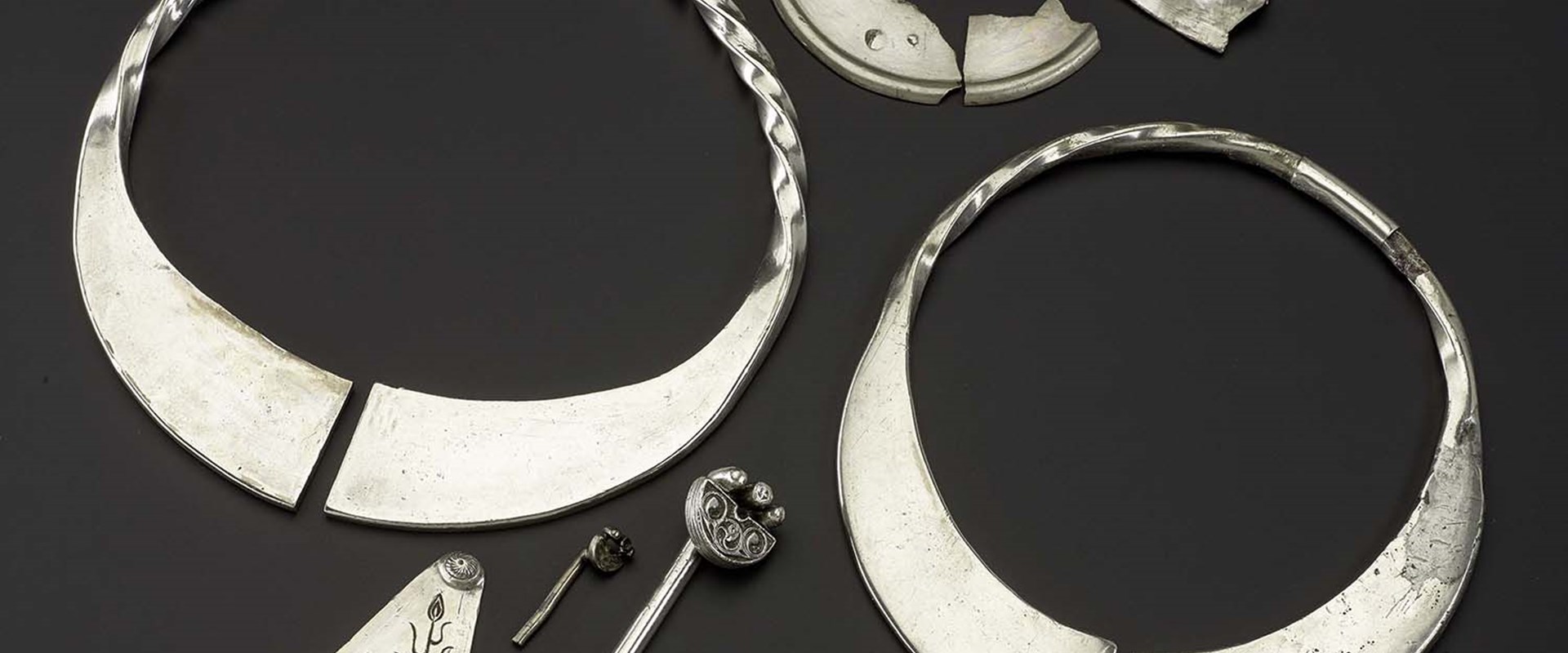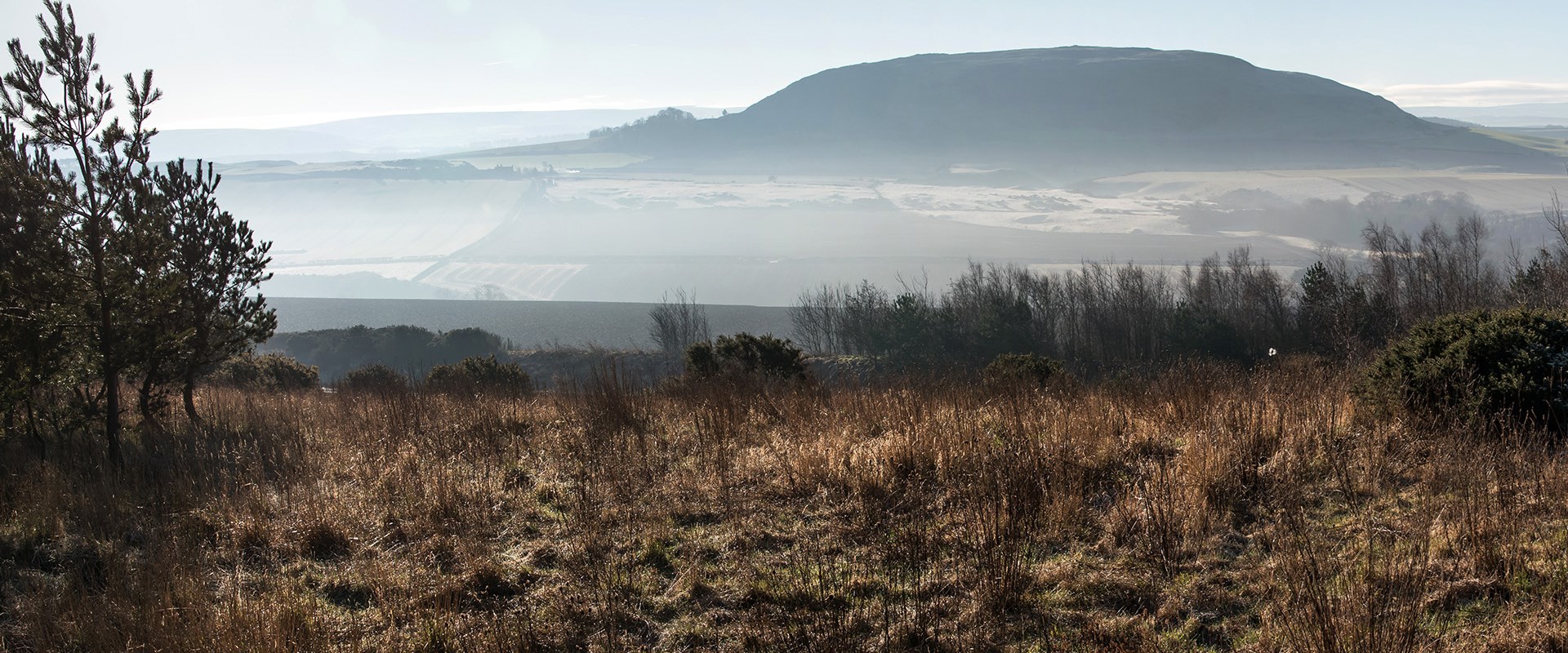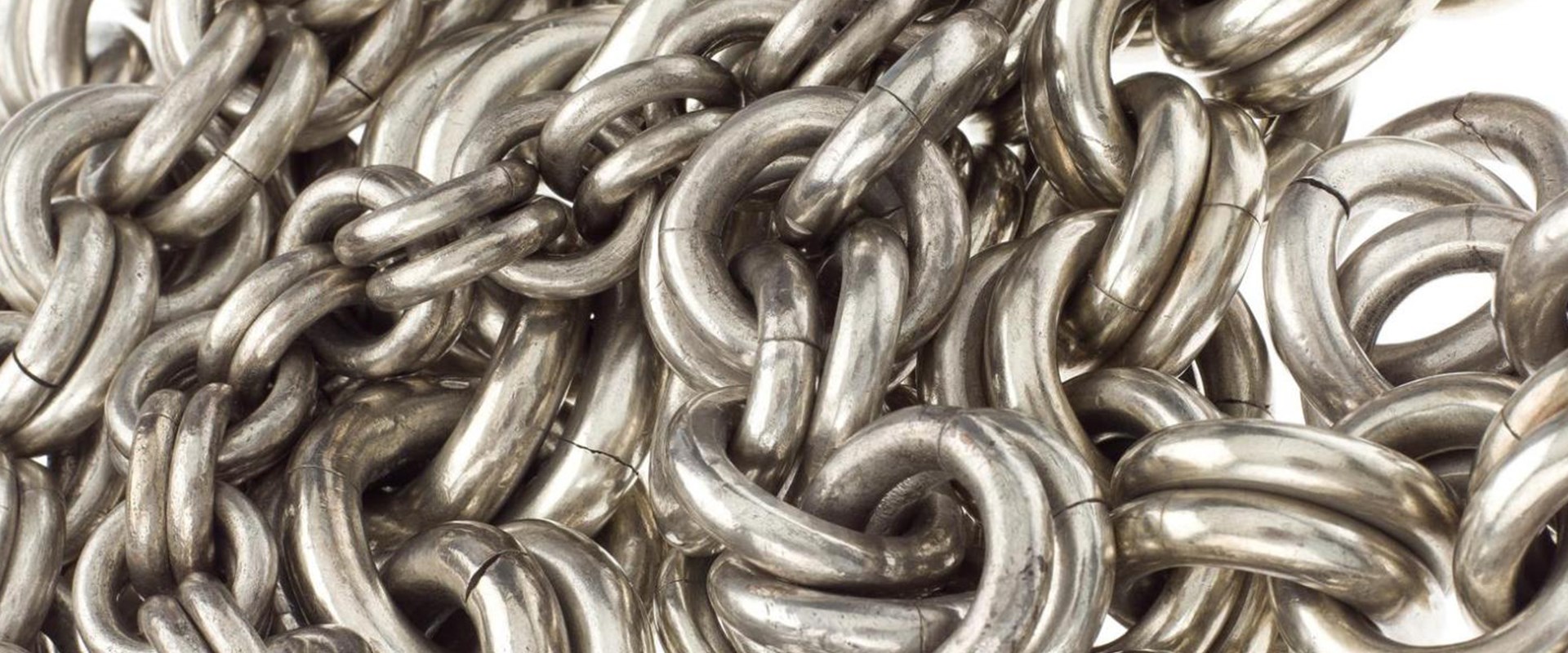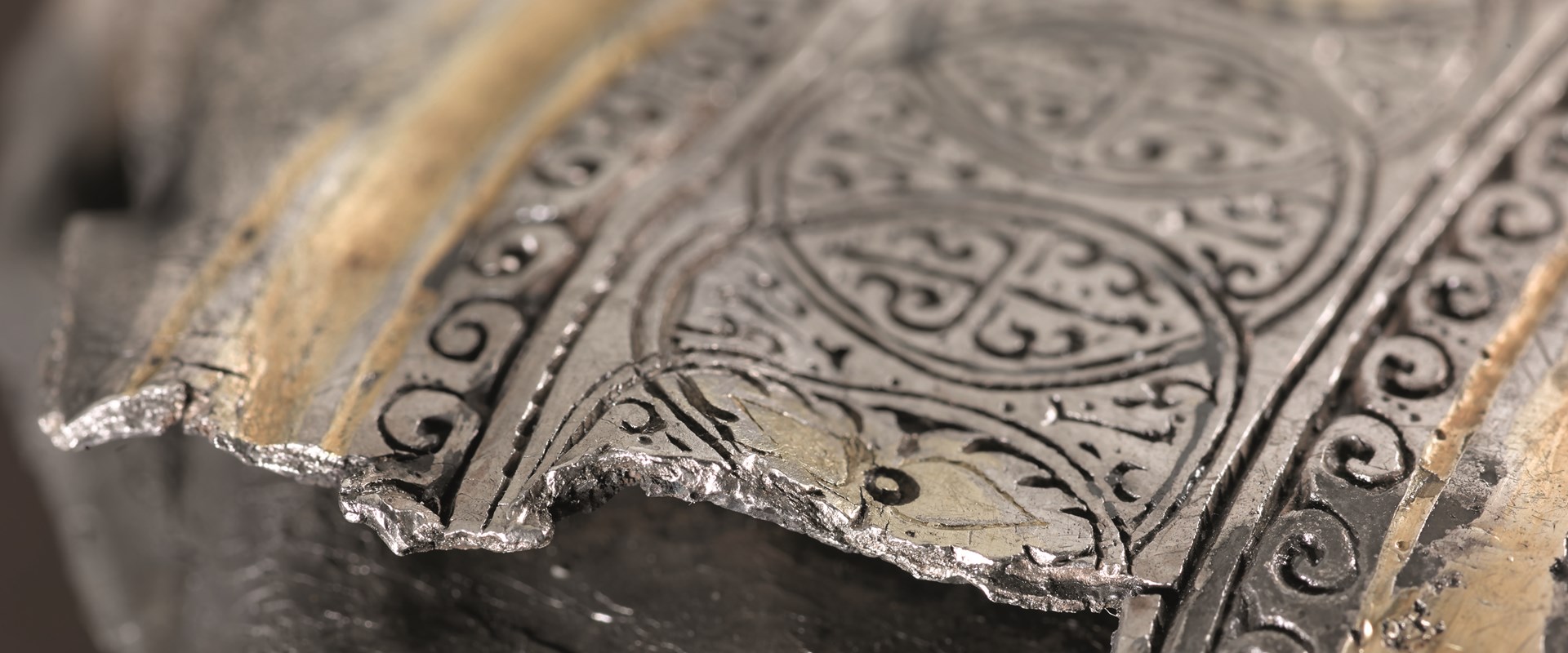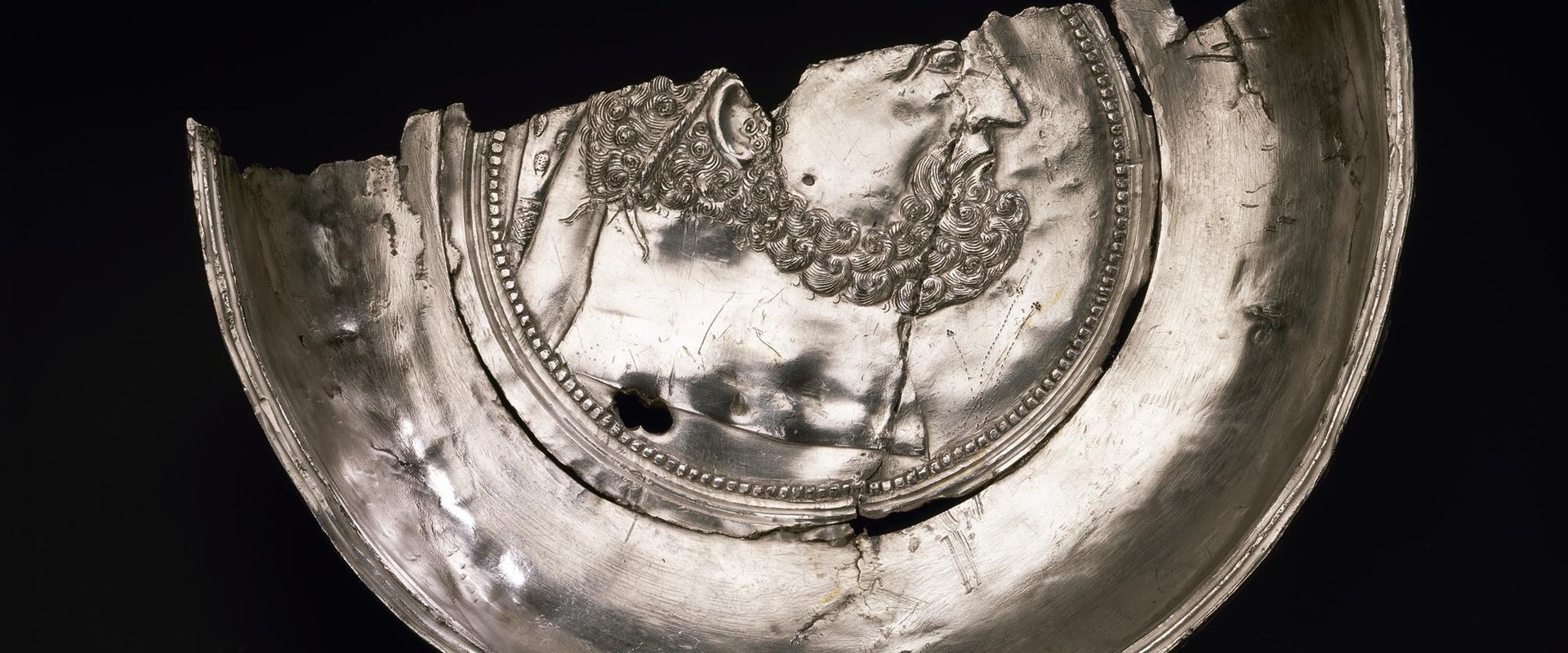Key in a search term below to search our website.
Key in a search term below to search our website.
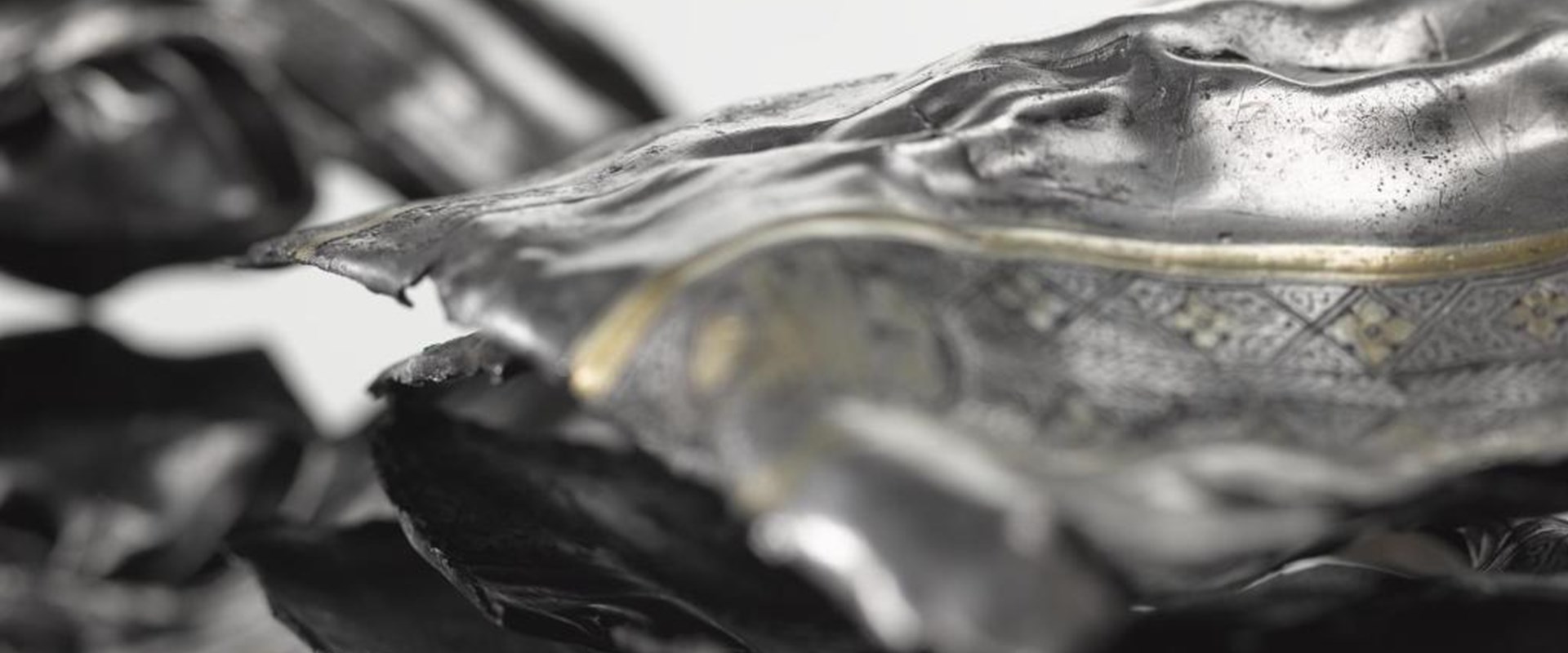
Discover the story of Scotland’s early silver and how this precious metal helped to shape the first kingdoms of Scotland.
Today gold is more valuable than silver, but in the first millennium AD silver was the most powerful material in Scotland. Scotland’s earliest silver arrived with the Roman army and had a lasting impact on local society, quickly becoming associated with prestige and power.
In the centuries that followed, Roman silver objects were hacked and melted down to make iconic early medieval treasures like the massive silver chains. By AD700 the silver had been recycled many times and was used to make powerful objects such as the famous Hunterston Brooch.
The Glenmorangie Research Project, Scotland’s Early Silver, exploring the use of silver in Late Roman and Early Medieval Scotland (AD 300-900).
